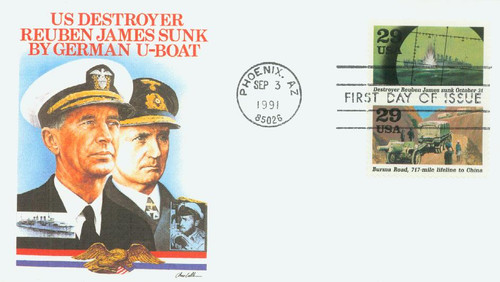
# 2559i - 1991 29c World War II: Japanese Bomb Pearl Harbor
US #2559i
1991 Japanese Bomb Pearl Harbor, December 7
- From first sheet in series commemorating WW2
- Sheet highlights events that took place in 1941
Category of Stamp: Commemorative
Set: 1941: A World at War, World War II
Value: 29¢, First Class Mail rate
First Day of Issue: September 3, 1991
First Day City: Phoenix, Arizona
Quantity Issued: 15,218,000
Printed by: Bureau of Engraving and Printing
Printing Method: Lithographed and engraved
Format: Miniature sheets of 10 stamps, with a strip of five along the top and another along the bottom, with a world map in the center.
Perforations: 11
Reason the stamp was issued: The miniature sheet was issued in honor of the 50th anniversary of America entering World War II.
About the stamp design: There were many topics the USPS wanted to cover when commemorating World War II, but those planning the series didn’t want to issue a large number of individual stamps. It was decided a sheetlet format would best highlight the main events of the war. In order for all the sheetlets to have a uniform design, the same artist, William Bond, and art director, Howard Paine, were assigned to the entire project. The Burma Road stamp pictures the winding, mountainous road that snaked through Burma and into China. Military vehicles are traveling the route. Bond painted the scene using acrylic paint.
The 1941 sheet also features the Peacetime Draft, the Lend-Lease agreement, Civil Defense, the Atlantic Charter meeting, Pearl Harbor, the US declaration of war, and more.
First Day City: The First Day of Issue ceremony took place during the opening ceremonies of the American Legion conference in Phoenix, Arizona.
Unusual thing about this stamp: The design for this World War II sheet was unveiled during a White House ceremony. President George H. W. Bush, who was a US Navy pilot during the war, participated in the unveiling ceremony.
About the World War II Series: As the 50th anniversary of World War II was approaching, the US Postal Service wanted a series that would recognize the key events of the war and the important contributions America made to the Allied victory. Rather than issue a large number of stamps, the USPS decided to create five sheetlets, each commemorating one year of America’s involvement in the war. Each sheetlet had 10 different stamps arranged in two horizontal strips of 5. In the center was a world map with Allied and neutral nations in yellow and Axis-controlled areas in red. Notes on the map highlighted key developments that occurred that year. The stamps each featured important events that took place during the year, as well.
History the stamp represents:
Japanese Bomb Pearl Harbor, December 7
Just before 8:00 a.m. on Sunday December 7, 1941, the Imperial Japanese Navy Air Service attacked the US naval base at Pearl Harbor, Hawaii. Aircraft flew over the harbor and dropped bombs and torpedoes on the battleships moored there. During the course of the attack, America suffered 3,500 casualties, five ships were sunk, and thirteen more were damaged. In addition, the base and nearby aircraft were also heavily damaged. Later that day, Japan declared war on the US.
“A Date Which Will Live In Infamy”
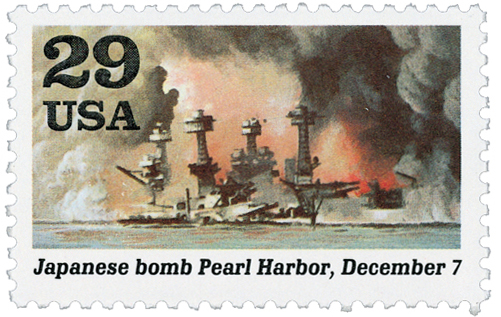
On December 7, 1941, Japanese bombers attacked American troops at Pearl Harbor, catapulting the US into World War II.
The possibility of war between America and Japan had been a concern since the 1920s and was made worse following Japan’s invasion of Manchuria in 1931. In the coming years, Japanese expansion into China and attacks on US vessels led America and its Allies to lend their support to China, further damaging relations with Japan. Once the US halted oil exports to Japan, the Japanese saw this as an act of aggression and began planning to invade the Dutch East Indies.
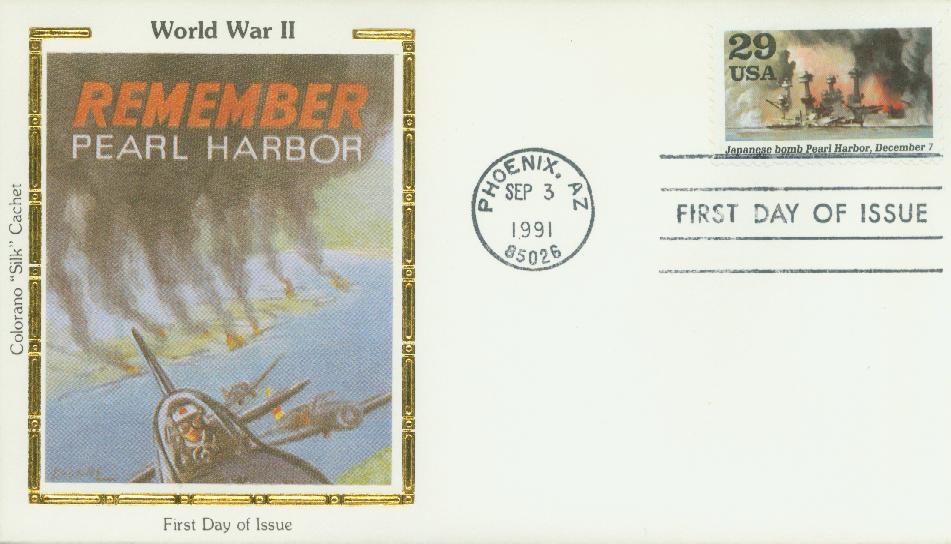
In an attempt to fix relations, the US and Japan held a series of negotiations. However, neither side could agree on terms. Proposals and counter-proposals were sent back and forth. The Japanese attack fleet, which had begun planning the battle at the start of the year, set out for Pearl Harbor on November 26.
Contrary to their plans, the eventual attack came before a formal declaration of war. The Japanese had sent the 5,000 word “14-part message” in advance of the attack, but it took too long to transcribe and was not delivered in time.
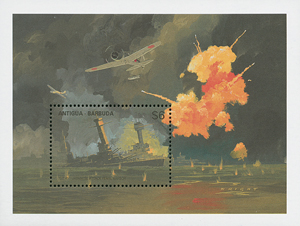
The arriving Japanese fleet consisted of six aircraft carriers, 408 planes, and five submarines, each with its own midget submarine. The midget submarines were launched toward Pearl Harbor around 1:00 am on December 7. An American minesweeper saw the periscope from one of these midget submarines and informed the destroyer Ward. The Ward then sank one of the other midget submarines at 6:45, firing the first American shots in the Pacific War.
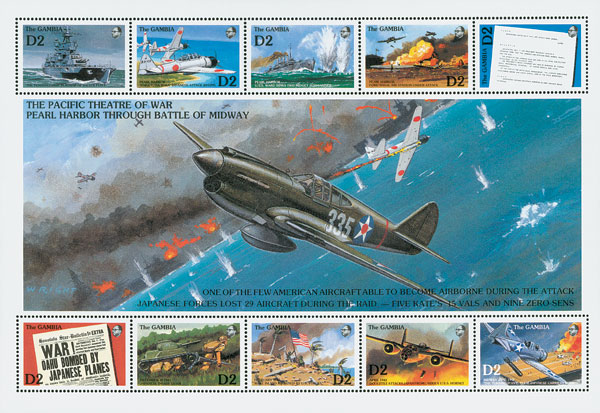
Shortly after 6 am, the first Japanese planes departed their aircraft carriers for Pearl Harbor. About an hour later, as they approached Oahu, US Army radars detected the planes. The radar post was still in training mode and its staff new to the technology. Two operators informed their superior of the approaching aircraft, but as they were expecting 12 B-17 bombers to be delivered from California, he told them to ignore it.
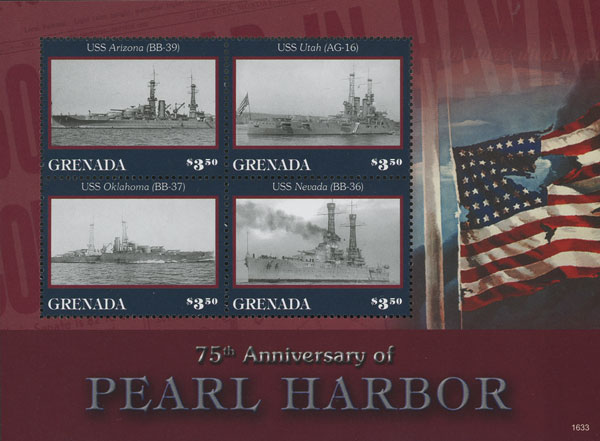
Near Oahu, the Japanese shot down several US planes, one of which managed to radio out a warning, though it was hard to understand. Ships in the water also sent out warnings, but they were still being processed by the time the Japanese bombers arrived at Pearl Harbor.
The attack commenced at 7:53 am, with the first ship being struck five minutes later. Japanese torpedo bombers led the first wave, targeting battleships, while dive-bombers went after the air bases on Oahu, including Hickam and Wheeler Fields, as well as the US Army Air Force fighter base. Aboard the ships, US sailors awoke to alarms and explosions but quickly got to their positions to man guns or otherwise protect their ships and crew. On land, men in the barracks had a similar startling awakening, and also rushed to take up arms. A few even managed to get in their planes and fight back in the sky.
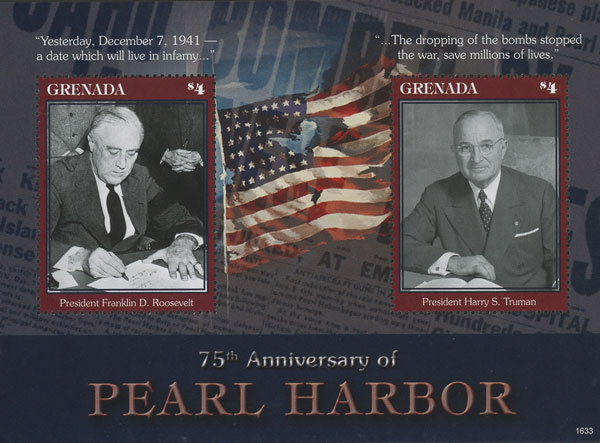
About an hour after the attack began, the second wave of about 170 Japanese planes arrived over Pearl Harbor and unleashed more destruction on American ships, aircraft, and hangars. Just 90 minutes after it began, the attack on Pearl Harbor was over. Casualties were high – 2,403 American civilians, Navy, Army, and Marine personnel were killed and another 1,778 were wounded. There were 18 ships sunk or run aground, including five battleships. Though 13 of these ships were eventually repaired and returned to service to fight later in the war. Additionally, 188 of the 390 aircraft were destroyed with another 159 damaged. Japanese losses were much lower – 64 dead, one captured, and 29 planes lost. They considered launching a third wave of attacks but ultimately decided against it. The Japanese did, however, attack the Philippines hours later.
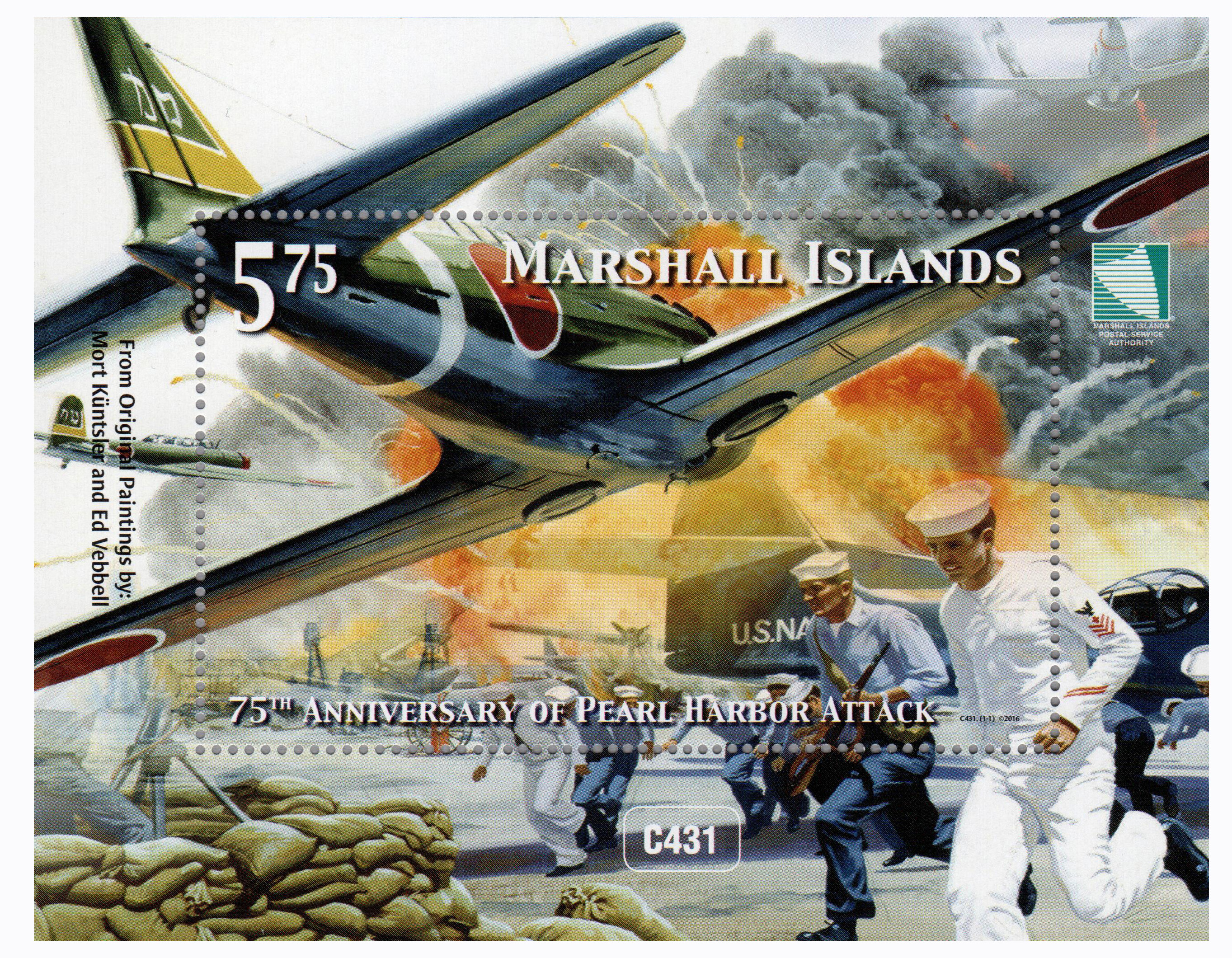
The day after the attack, President Franklin Roosevelt addressed Congress and the nation, calling December 7, 1941, “a date which will live in infamy.” He called on Congress to formally declare war on Japan, which it did within an hour. Days later, on December 11, Germany and Italy declared war on America, as stipulated in their Tripartite Pact with Japan. The US, in return, declared war on those nations the same day.
Back in Pearl Harbor, rescue teams searched for survivors, then salvage operations began. Navy divers spent 20,000 hours underwater patching holes, moving debris, and pumping water out of ships so they could be re-floated. Within six months, they had five battleships and two cruisers afloat and ready to go back to the mainland for repairs. Not all ships were as easily salvaged. Most notably, the USS Arizona was too badly damaged and could not be removed or returned to service. Some parts were salvaged for other ships, but the bulk of the Arizona remained at the harbor floor. Years later, a memorial was built on the water above the wreckage, paying tribute to all those that fought at Pearl Harbor, and especially those that lost their lives.
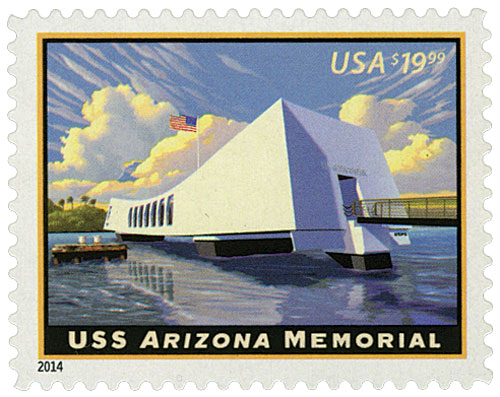
Though a devastating blow to the American people, the attack on Pearl Harbor was not a victory for the Japanese. While they hit their objectives that day, they did not cripple the American military as they had hoped and did not prevent America from fighting back. One Japanese commander claimed, “We won a great tactical victory at Pearl Harbor and thereby lost the war.” The American military was lucky in a sense because their aircraft carriers were out to sea that day and therefore did not suffer any damage from the attack. Had they been there, it could have been at least a year before America would strike back against the Japanese. Additionally, while the Japanese targeted some land locations, they did not hit the repair shops or fuel depots, enabling American forces to have a much quicker recovery.
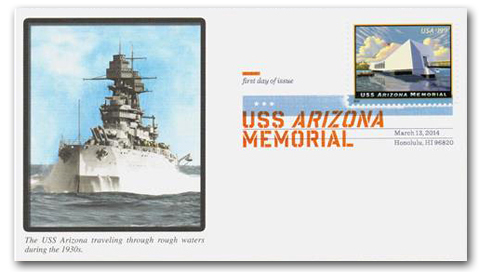
Following the recovery efforts from the attack, several Americans were honored for their bravery. There were 15 Medals of Honor, 15 Navy Crosses, 53 Silver Stars, four Navy and Marine Corps Medals, one Distinguished Flying Cross, four Distinguished Service Crosses, one Distinguished Service Medal, and three Bronze Star Medals.
Click here for more about Pearl Harbor.
US #2559i
1991 Japanese Bomb Pearl Harbor, December 7
- From first sheet in series commemorating WW2
- Sheet highlights events that took place in 1941
Category of Stamp: Commemorative
Set: 1941: A World at War, World War II
Value: 29¢, First Class Mail rate
First Day of Issue: September 3, 1991
First Day City: Phoenix, Arizona
Quantity Issued: 15,218,000
Printed by: Bureau of Engraving and Printing
Printing Method: Lithographed and engraved
Format: Miniature sheets of 10 stamps, with a strip of five along the top and another along the bottom, with a world map in the center.
Perforations: 11
Reason the stamp was issued: The miniature sheet was issued in honor of the 50th anniversary of America entering World War II.
About the stamp design: There were many topics the USPS wanted to cover when commemorating World War II, but those planning the series didn’t want to issue a large number of individual stamps. It was decided a sheetlet format would best highlight the main events of the war. In order for all the sheetlets to have a uniform design, the same artist, William Bond, and art director, Howard Paine, were assigned to the entire project. The Burma Road stamp pictures the winding, mountainous road that snaked through Burma and into China. Military vehicles are traveling the route. Bond painted the scene using acrylic paint.
The 1941 sheet also features the Peacetime Draft, the Lend-Lease agreement, Civil Defense, the Atlantic Charter meeting, Pearl Harbor, the US declaration of war, and more.
First Day City: The First Day of Issue ceremony took place during the opening ceremonies of the American Legion conference in Phoenix, Arizona.
Unusual thing about this stamp: The design for this World War II sheet was unveiled during a White House ceremony. President George H. W. Bush, who was a US Navy pilot during the war, participated in the unveiling ceremony.
About the World War II Series: As the 50th anniversary of World War II was approaching, the US Postal Service wanted a series that would recognize the key events of the war and the important contributions America made to the Allied victory. Rather than issue a large number of stamps, the USPS decided to create five sheetlets, each commemorating one year of America’s involvement in the war. Each sheetlet had 10 different stamps arranged in two horizontal strips of 5. In the center was a world map with Allied and neutral nations in yellow and Axis-controlled areas in red. Notes on the map highlighted key developments that occurred that year. The stamps each featured important events that took place during the year, as well.
History the stamp represents:
Japanese Bomb Pearl Harbor, December 7
Just before 8:00 a.m. on Sunday December 7, 1941, the Imperial Japanese Navy Air Service attacked the US naval base at Pearl Harbor, Hawaii. Aircraft flew over the harbor and dropped bombs and torpedoes on the battleships moored there. During the course of the attack, America suffered 3,500 casualties, five ships were sunk, and thirteen more were damaged. In addition, the base and nearby aircraft were also heavily damaged. Later that day, Japan declared war on the US.
“A Date Which Will Live In Infamy”

On December 7, 1941, Japanese bombers attacked American troops at Pearl Harbor, catapulting the US into World War II.
The possibility of war between America and Japan had been a concern since the 1920s and was made worse following Japan’s invasion of Manchuria in 1931. In the coming years, Japanese expansion into China and attacks on US vessels led America and its Allies to lend their support to China, further damaging relations with Japan. Once the US halted oil exports to Japan, the Japanese saw this as an act of aggression and began planning to invade the Dutch East Indies.

In an attempt to fix relations, the US and Japan held a series of negotiations. However, neither side could agree on terms. Proposals and counter-proposals were sent back and forth. The Japanese attack fleet, which had begun planning the battle at the start of the year, set out for Pearl Harbor on November 26.
Contrary to their plans, the eventual attack came before a formal declaration of war. The Japanese had sent the 5,000 word “14-part message” in advance of the attack, but it took too long to transcribe and was not delivered in time.

The arriving Japanese fleet consisted of six aircraft carriers, 408 planes, and five submarines, each with its own midget submarine. The midget submarines were launched toward Pearl Harbor around 1:00 am on December 7. An American minesweeper saw the periscope from one of these midget submarines and informed the destroyer Ward. The Ward then sank one of the other midget submarines at 6:45, firing the first American shots in the Pacific War.

Shortly after 6 am, the first Japanese planes departed their aircraft carriers for Pearl Harbor. About an hour later, as they approached Oahu, US Army radars detected the planes. The radar post was still in training mode and its staff new to the technology. Two operators informed their superior of the approaching aircraft, but as they were expecting 12 B-17 bombers to be delivered from California, he told them to ignore it.

Near Oahu, the Japanese shot down several US planes, one of which managed to radio out a warning, though it was hard to understand. Ships in the water also sent out warnings, but they were still being processed by the time the Japanese bombers arrived at Pearl Harbor.
The attack commenced at 7:53 am, with the first ship being struck five minutes later. Japanese torpedo bombers led the first wave, targeting battleships, while dive-bombers went after the air bases on Oahu, including Hickam and Wheeler Fields, as well as the US Army Air Force fighter base. Aboard the ships, US sailors awoke to alarms and explosions but quickly got to their positions to man guns or otherwise protect their ships and crew. On land, men in the barracks had a similar startling awakening, and also rushed to take up arms. A few even managed to get in their planes and fight back in the sky.

About an hour after the attack began, the second wave of about 170 Japanese planes arrived over Pearl Harbor and unleashed more destruction on American ships, aircraft, and hangars. Just 90 minutes after it began, the attack on Pearl Harbor was over. Casualties were high – 2,403 American civilians, Navy, Army, and Marine personnel were killed and another 1,778 were wounded. There were 18 ships sunk or run aground, including five battleships. Though 13 of these ships were eventually repaired and returned to service to fight later in the war. Additionally, 188 of the 390 aircraft were destroyed with another 159 damaged. Japanese losses were much lower – 64 dead, one captured, and 29 planes lost. They considered launching a third wave of attacks but ultimately decided against it. The Japanese did, however, attack the Philippines hours later.

The day after the attack, President Franklin Roosevelt addressed Congress and the nation, calling December 7, 1941, “a date which will live in infamy.” He called on Congress to formally declare war on Japan, which it did within an hour. Days later, on December 11, Germany and Italy declared war on America, as stipulated in their Tripartite Pact with Japan. The US, in return, declared war on those nations the same day.
Back in Pearl Harbor, rescue teams searched for survivors, then salvage operations began. Navy divers spent 20,000 hours underwater patching holes, moving debris, and pumping water out of ships so they could be re-floated. Within six months, they had five battleships and two cruisers afloat and ready to go back to the mainland for repairs. Not all ships were as easily salvaged. Most notably, the USS Arizona was too badly damaged and could not be removed or returned to service. Some parts were salvaged for other ships, but the bulk of the Arizona remained at the harbor floor. Years later, a memorial was built on the water above the wreckage, paying tribute to all those that fought at Pearl Harbor, and especially those that lost their lives.

Though a devastating blow to the American people, the attack on Pearl Harbor was not a victory for the Japanese. While they hit their objectives that day, they did not cripple the American military as they had hoped and did not prevent America from fighting back. One Japanese commander claimed, “We won a great tactical victory at Pearl Harbor and thereby lost the war.” The American military was lucky in a sense because their aircraft carriers were out to sea that day and therefore did not suffer any damage from the attack. Had they been there, it could have been at least a year before America would strike back against the Japanese. Additionally, while the Japanese targeted some land locations, they did not hit the repair shops or fuel depots, enabling American forces to have a much quicker recovery.

Following the recovery efforts from the attack, several Americans were honored for their bravery. There were 15 Medals of Honor, 15 Navy Crosses, 53 Silver Stars, four Navy and Marine Corps Medals, one Distinguished Flying Cross, four Distinguished Service Crosses, one Distinguished Service Medal, and three Bronze Star Medals.
Click here for more about Pearl Harbor.






